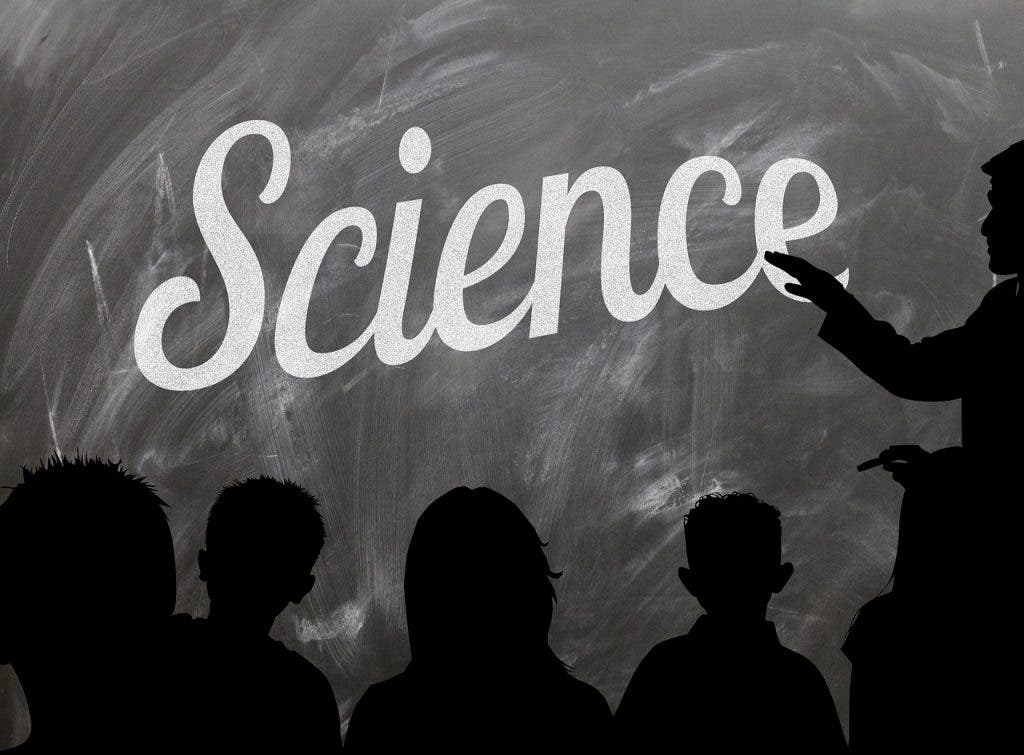While around 97% of active climate change researchers (the most qualified) agree that global warming is real and caused by humans, the same can’t be said about the general populace. One study surveyed 1,500 middle school and high school teachers across all 50 states and found only 67 percent agreed that “global warming is caused mostly by human activities,” which is strikingly similar to how the average American feels. You’d think school teachers should know better, though.

Image: Pixabay CC0 Public Domain
Since there isn’t exactly a class on climate change anywhere in public schools that we know of, some of the persons included in the study taught biology, chemistry, physics and Earth sciences where the subject is bound to come up. Indeed, Penn State University researchers in collaboration with colleagues from Wright State University and the National Center for Science Education (you might know them as supporters of evolution and climate change in schools) found that 70% of middle school science teachers and 87% high school biology teachers said they covered climate change in class for at least an hour. This is encouraging for a subject that isn’t included in any curriculum — though some in Texas fought to re-write text books to read “scientists do not agree on what is causing the climate change” (rubbish).
However, school teachers don’t seem to know that much about it. Only 30% of middle school teachers correctly selected “81 to 100%,” when asked “what proportion of climate scientists think that global warming is caused mostly by human activities?” High school teachers scored a shy better, 45% correctly answering the question. Clearly, most teachers think that climate change is a subject for debate among scientists, mirroring the polarization they must have seen in the media.

Plutzer et al, Science 2016
This confusions seems to be transferred to the classroom. One-third of the teachers explain to to their kids in class that global warming “is likely due to natural causes,” while 12% go a step further downplaying the role of human activity in the matter. Thirty-one percent of teachers say they regularly expose both sides of the story: the scientific consensus and the ‘natural variation’ explanation. This ‘mixed feelings’ approach also adds to the confusion. In general, on a personal level, 67 percent agreed that “global warming is caused mostly by human activities.
“We think any amount of legitimization of nonscientific perspectives sends a message to students that this may be a matter of opinion and values, and not one that can be adjudicated by evidence,” says lead author Eric Plutzer of Penn State University for the Washington Post.
“What’s surprising is that many teachers personally think humans are the culprit [for climate change], but they are unaware that scientists share their views,” he said to Mother Jones.
The researchers posit that a lack of formal training in climate change is likely to blame for this gross confusion among school teachers, and the imprudent proliferation of misinformation. The average age of a school teacher is 40, meaning most were schooled in the ’90s when the scientific consensus was not as strong, nor was climate change nearly as much in the spotlight as today. So, the authors of the study published in Science suggest programs be implemented aimed at ‘setting facts straights’. These might include paying for new text books and classes.









